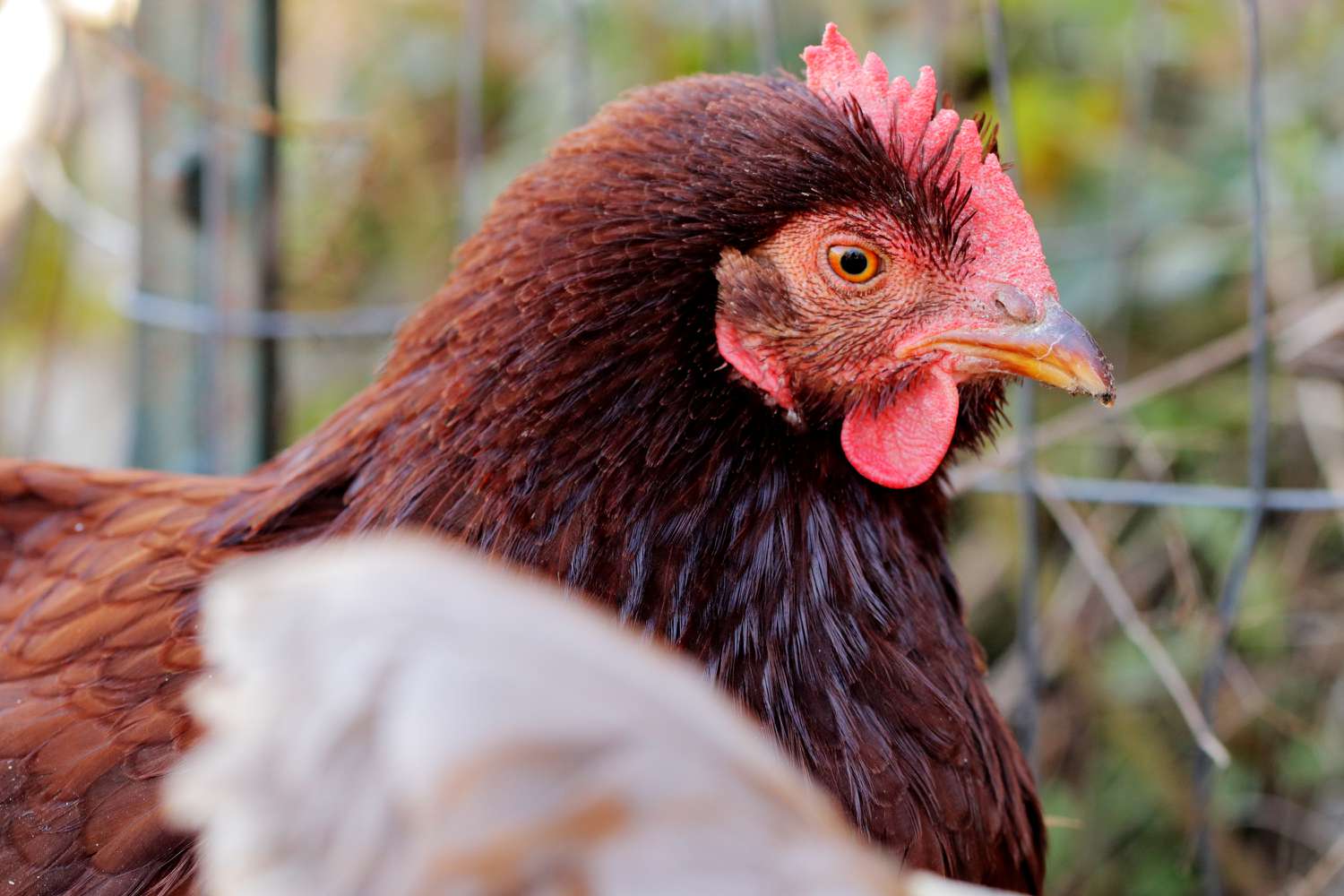The Rhode Island Red is a popular breed of chicken that is renowned for its hardiness and egg-laying capabilities. If you’re looking to raise chickens for eggs, the Rhode Island Red is a great choice. But before you get started, it’s important to understand the Rhode Island Red laying age so you can ensure the best results in your chicken husbandry. In this article, we’ll explore the Rhode Island Red laying age, as well as other factors to consider when raising this breed.
Characteristics of Rhode Island Red Chickens
Appearance
Rhode Island Red chickens are a medium-weight breed with a broad and deep body. They have single combs, a reddish-brown plumage and yellow legs and feet.
Temperament
Rhode Island Reds are known for their hardiness, docility and good mothering skills. They are an active breed, but also quite calm and easy to keep.
Lifespan
Rhode Island Reds have a long and productive life, with hens usually laying eggs for up to six years. When do Rhode Island Reds start laying? Typically, Rhode Island Reds start laying eggs at around 18-20 weeks old.
When do Rhode Island Red Chickens Start Laying Eggs?
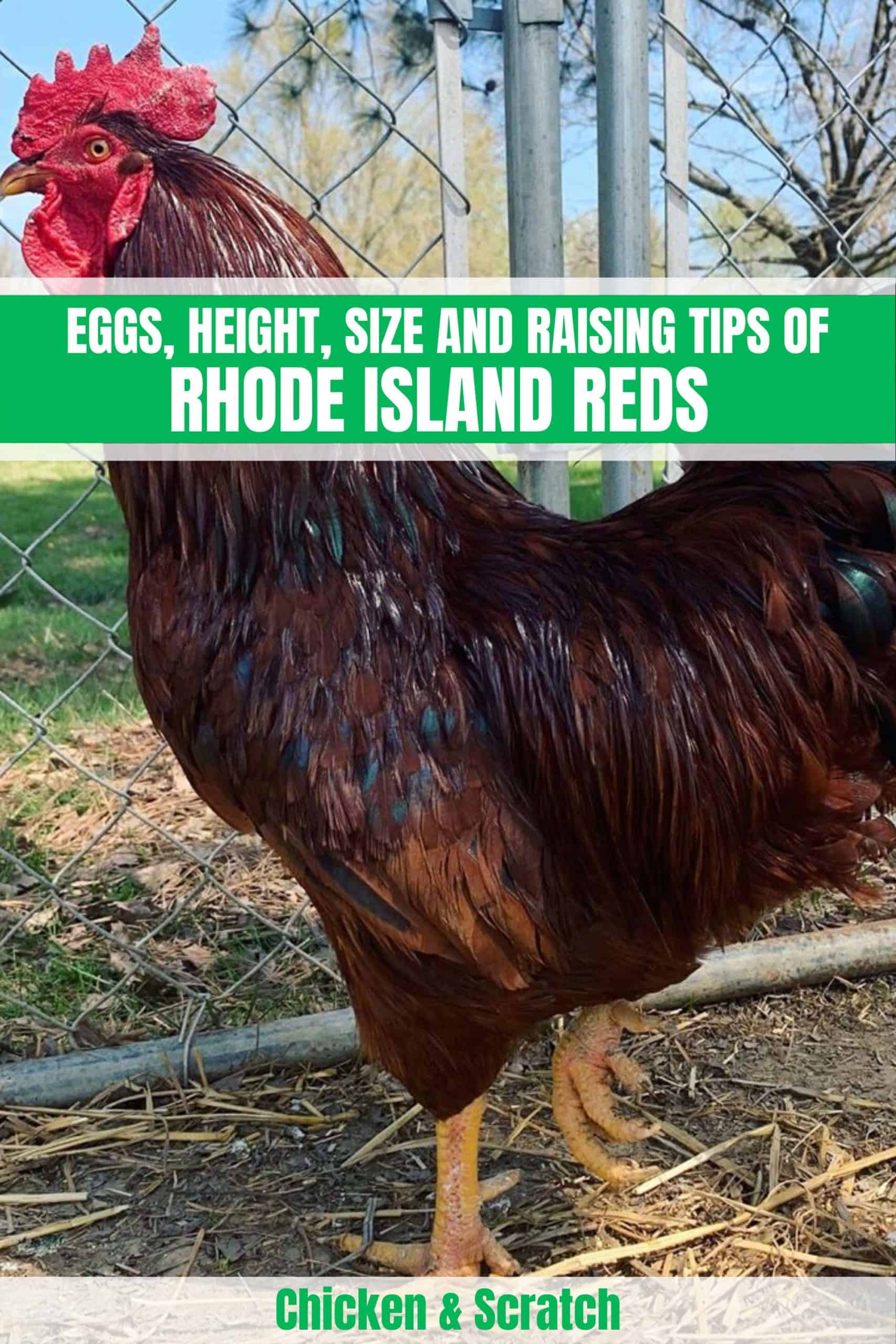
Rhode Island Red chickens are a prolific breed of utility chicken, renowned for their hardiness and egg-laying capabilities. Generally, Rhode Island Red chickens start laying eggs at around five and a half months of age, with peak egg production occurring when they reach 18 months.
- Eggs Begin at Five and a Half Months: Rhode Island Red chickens begin laying eggs at around five and a half months of age. During this time, they will lay a few eggs per week which will gradually increase as they reach maturity.
- High Egg Production: As the chickens reach 18 months of age, they will enter peak egg production, laying anywhere from four to five eggs per week, depending on the health of the chickens. This production will stay steady until around 24 months of age.
- Molting: After 24 months, Rhode Island Red chickens will begin to molt, meaning they will stop laying eggs for a period of time. During this time, it is important to give the chickens extra attention and nutrition to help them through the process.
- Full Recovery: After molting, Rhode Island Red chickens will usually return to their regular egg-laying schedule. This can take several weeks, but with good care and nutrition, the chickens should begin to lay again.
Knowing when to expect your Rhode Island Red chickens to start laying eggs is important for successful chicken husbandry. With a little patience, you can be sure to enjoy the bountiful eggs these hearty chickens will provide.
How Long Do Rhode Island Reds Lay Eggs?
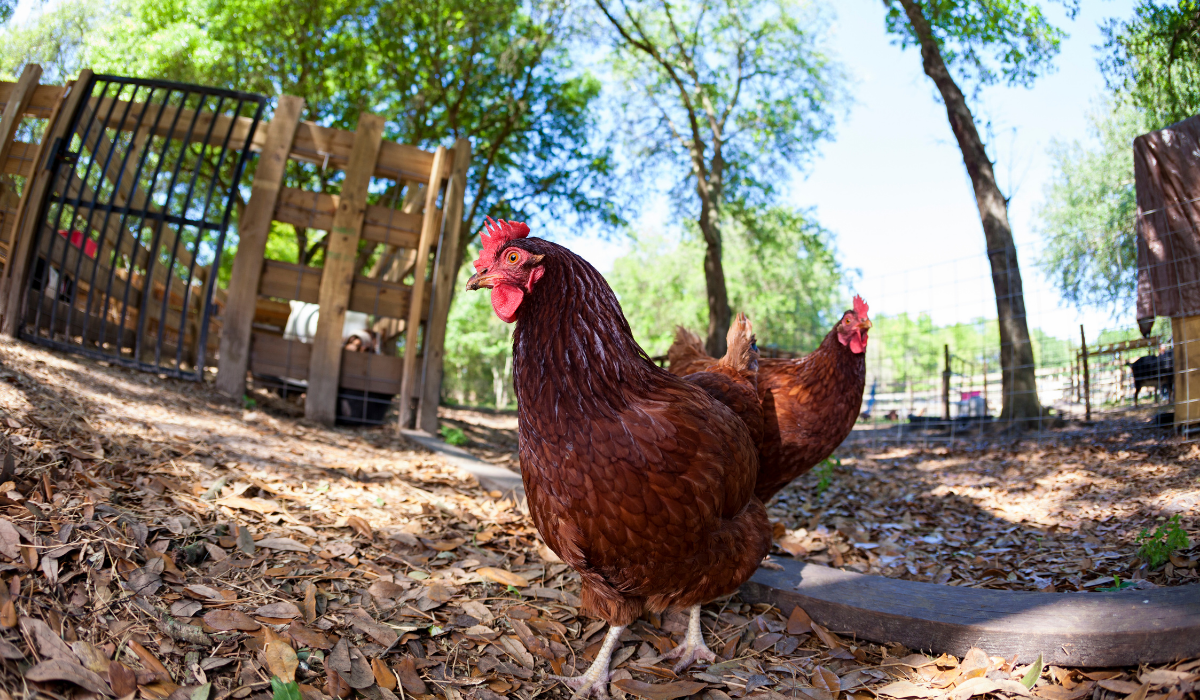
Rhode Island Red hens are one of the most popular breeds of chickens to keep as farm animals or backyard pets. They are known for their hardiness and their remarkable egg-laying abilities. But how long do Rhode Island Reds lay eggs?
Rhode Island Red hens typically start laying eggs at around five or six months old. After they start laying, they can produce eggs for up to five to seven years, depending on the individual bird. Rhode Island Reds usually lay eggs between 250 and 300 eggs per year, with some hens laying up to 350 eggs in a single season.
| Age | Eggs Per Year |
|---|---|
| 5 months | 150-200 |
| 1 year | 200-250 |
| 2 years | 250-300 |
| 3-7 years | 250-350 |
The amount of eggs a Rhode Island Red hen lays each year decreases as she gets older. Even when their egg production decreases, hens can still lay eggs for many years. The best way to ensure a healthy and productive flock is to regularly replace older hens with younger ones.
Once Rhode Island Red hens reach the age of five to seven years, they may start laying fewer eggs or stop laying altogether. At this point, it is best to humanely remove the hens from the flock and replace them with younger hens. This will ensure the flock remains productive and healthy.
In conclusion, when do Rhode Island Red hens start laying eggs? Rhode Island Red hens typically start laying eggs at around five or six months old and can lay eggs for up to five to seven years, depending on the individual bird. They typically lay around 250 to 350 eggs per year. The amount of eggs decreases as the hen gets older, so it is best to regularly replace older hens with younger ones to ensure a healthy and productive flock.
Factors that Affect Rhode Island Red Laying Age
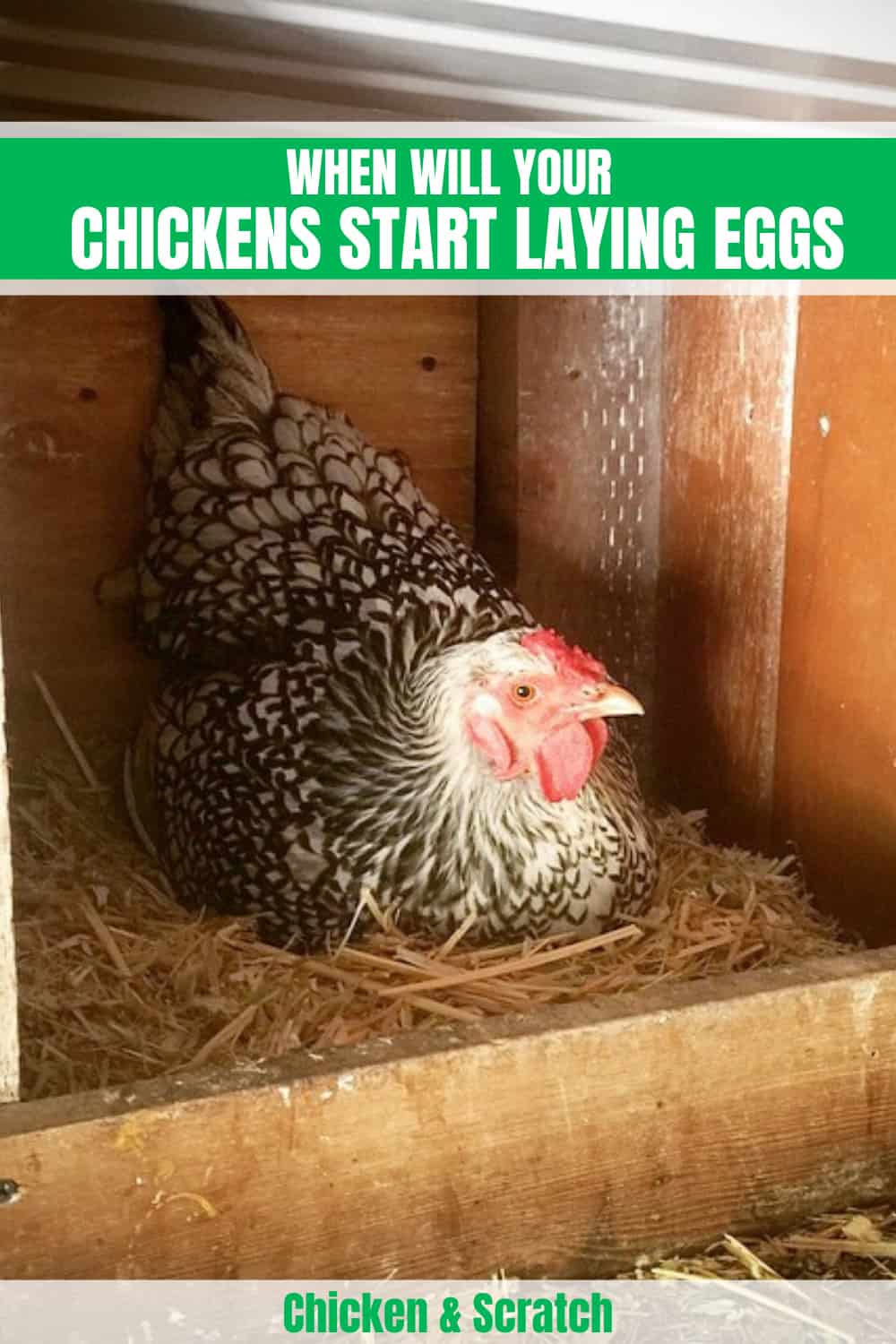
Diet
Providing a balanced diet rich in protein and calcium is essential for successful Rhode Island Red chicken husbandry. A diet that is too high in carbohydrates or too low in protein can reduce egg production and cause health problems. High-quality layer feed is recommended, supplemented with greens, insects, and occasional treats.
Environment
The environment in which Rhode Island Red chickens are kept is crucial for successful egg production. Chickens need to be kept in a clean, dry, and well-ventilated coop with plenty of room to move around and access to natural light. A coop should be well-insulated to protect chickens from extreme temperatures and other weather conditions.
Breeding
It is important to breed Rhode Island Reds from strong, healthy stock to ensure that they have the best chance of laying eggs for a long period of time. The age at which a Rhode Island Red chicken starts laying eggs can vary depending on the quality of the bird and its environment, but typically they will lay eggs from 16-20 weeks old. How long do Rhode Island Reds lay eggs? Generally, they will lay eggs for up to five years.
Care Considerations for Rhode Island Red Chickens
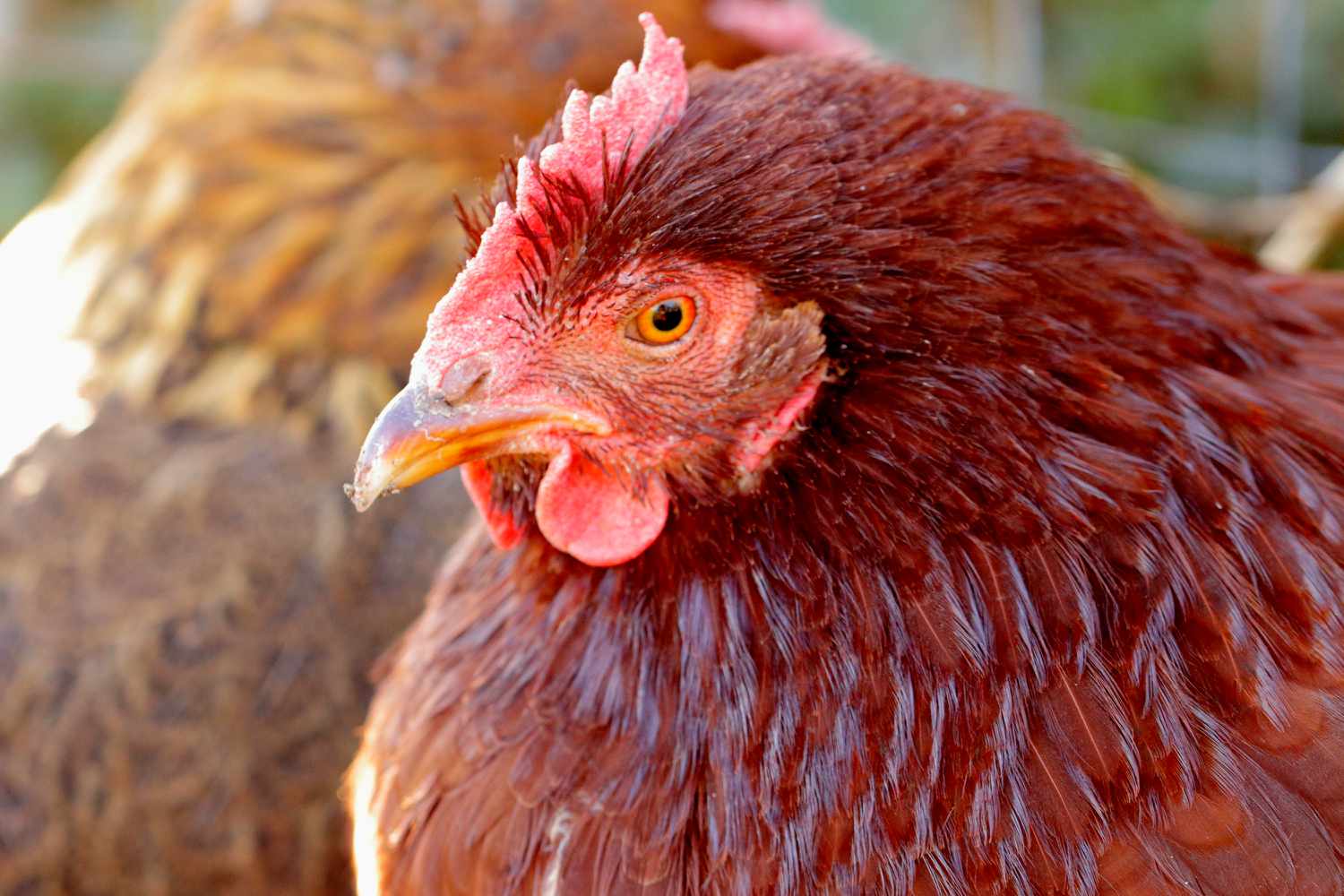
Rhode Island Red chickens are a hardy, productive breed that require minimal care. They are well-suited to confinement and free-range environments and can withstand a wide range of temperatures. Rhode Island Red chickens should be provided with sufficient shelter, adequate space for foraging, and provided with a balanced diet for optimal health.
Housing and Shelter
Rhode Island Red chickens should have access to a secure and ventilated coop to protect them from predators and severe weather. The coop should be large enough to comfortably house the chickens, provide adequate space for perching and roosting, and should be cleaned regularly to reduce the risk of disease.
Feeding
Rhode Island Red chickens need a balanced diet to reach their maximum egg-laying potential. A commercial layer feed should provide a good starting point, supplemented with other sources of nutrients such as vegetables, insects, and grit. Fresh, clean water should be available at all times.
Health and Wellbeing
Rhode Island Red chickens are prone to some common illnesses such as coccidiosis and Marek’s disease. Regular health checks should be done to identify any potential issues. Vaccinations may be required to protect the flock from diseases.
Rhode Island Red Laying Age
Rhode Island Red chickens reach their peak egg-laying age around 18-20 weeks, and can lay eggs for up to three years. To ensure maximum egg production, feed should be optimized for the age and size of the flock. Regular health checks should be conducted to identify any potential issues that could affect egg production.
Tips for Selecting Rhode Island Red Chickens
| Criteria | Description |
|---|---|
| Age | Choose chicks that are between one and three months old. |
| Sex | Look for pullets (females) if you want eggs, or cockerels (males) if you want meat. |
| Health | Buy healthy birds with clear eyes, healthy feathers, and no signs of disease. |
| Source | Buy birds from a reputable breeder or hatchery that vaccinates their stock. |
| Heritage | Choose heritage birds for improved hardiness and an easier transition to free-ranging. |
When selecting Rhode Island Red chickens, it’s important to consider age, sex, health, source, and heritage. Chicks that are between one and three months old are ideal. If you’re looking for egg-layers, buy pullets (females), while cockerels (males) are best for meat production. Make sure the birds look healthy with clear eyes, healthy feathers, and no signs of disease. Buy from a reputable breeder or hatchery that vaccinates their stock. For improved hardiness and an easier transition to free-ranging, choose heritage birds.
Frequently Asked Questions
What is the Average Laying Age of a Rhode Island Red Chicken?
- 18 to 20 weeks – Rhode Island Red chickens typically begin laying eggs between 18 to 20 weeks of age.
- Egg production rate – The egg production rate of Rhode Island Reds is high; they can lay up to 300 eggs a year.
- Peak production – Rhode Island Reds are capable of peak production from 18 to 72 weeks of age.
Rhode Island Red chickens are a popular breed for chicken owners due to their high egg production rate and their ability to lay eggs for up to three years. The average laying age for a Rhode Island Red chicken is 18 to 20 weeks of age, and they can lay up to 300 eggs a year. The peak production for Rhode Island Reds is from 18 to 72 weeks of age. After this, the egg production rate slowly declines, although some Rhode Island Reds will continue to lay eggs for up to three years.
It is important to keep in mind that there are many factors that can affect the age at which Rhode Island Reds will begin to lay eggs. These include the chicken’s diet, environment, and overall health. To ensure a successful egg-laying flock, it is best to provide the chickens with a balanced diet and a clean, safe environment.
How can I ensure a successful chicken husbandry experience?
- Choose the right breed: Different chicken breeds have different characteristics and it is important to choose the right one for your needs. The Rhode Island Red is a popular choice for egg production and is a hardy breed that can handle cold climates.
- Provide adequate housing: A well-built coop with plenty of ventilation and space is essential to the health and safety of your chickens. The coop should be designed to protect chickens from predators and provide a comfortable environment.
- Provide a balanced and nutritious diet: A balanced and nutritious diet is key to a healthy flock. Provide your chickens with a variety of grains, vegetables, and proteins to ensure they are getting the nutrients they need.
- Maintain proper sanitation: Keeping your coop and run clean will prevent disease and keep your chickens healthy. Make sure to clean the coop regularly, and provide plenty of fresh bedding and water for your flock.
- Monitor health and behavior: Regularly monitoring the health and behavior of your chickens is important for their well-being. Check for signs of illness or injury, and make sure to provide socialization opportunities for your flock.
- Know the Rhode Island Red Laying Age: The Rhode Island Red is a great choice for egg production, and knowing the age at which they are most productive is key to getting the most out of your flock.
What is the Typical Lifespan of a Rhode Island Red Chicken?
Rhode Island Red chickens typically have a lifespan of 5 to 10 years. However, chickens that are kept in optimal conditions can live up to 15 years or more. Proper care and nutrition, such as access to clean water, fresh air, and a balanced diet, are essential for Rhode Island Reds to reach their full lifespan potential.
What Climate is Best Suited for Rhode Island Red Chickens?
Rhode Island Red chickens thrive in temperate climates with warm summers and mild winters. They have a robust constitution and can tolerate colder temperatures, making them well-suited for backyard chicken keeping in most parts of the United States. These birds do not require any special amenities and can be kept outdoors in a secure coop with plenty of room to roam.
Are Rhode Island Red Chickens Good for Egg Production?
The Rhode Island Red is an excellent breed to choose for egg production. They lay large, brown eggs on a regular basis, and are known to be one of the most reliable layers. They can lay up to 300 eggs per year with proper care, and they are also known for their hardiness and easygoing nature. Rhode Island Reds can also adapt to a variety of climates, making them a great choice for backyard flocks.
Conclusion
The Rhode Island Red is an excellent breed for egg-laying and is a great choice for chicken husbandry. With an average laying age of 5-7 months, their eggs are a reliable source of nutrition, and they are hardy birds that can withstand the elements. With the right care, they can provide you with a steady supply of eggs for years to come.
